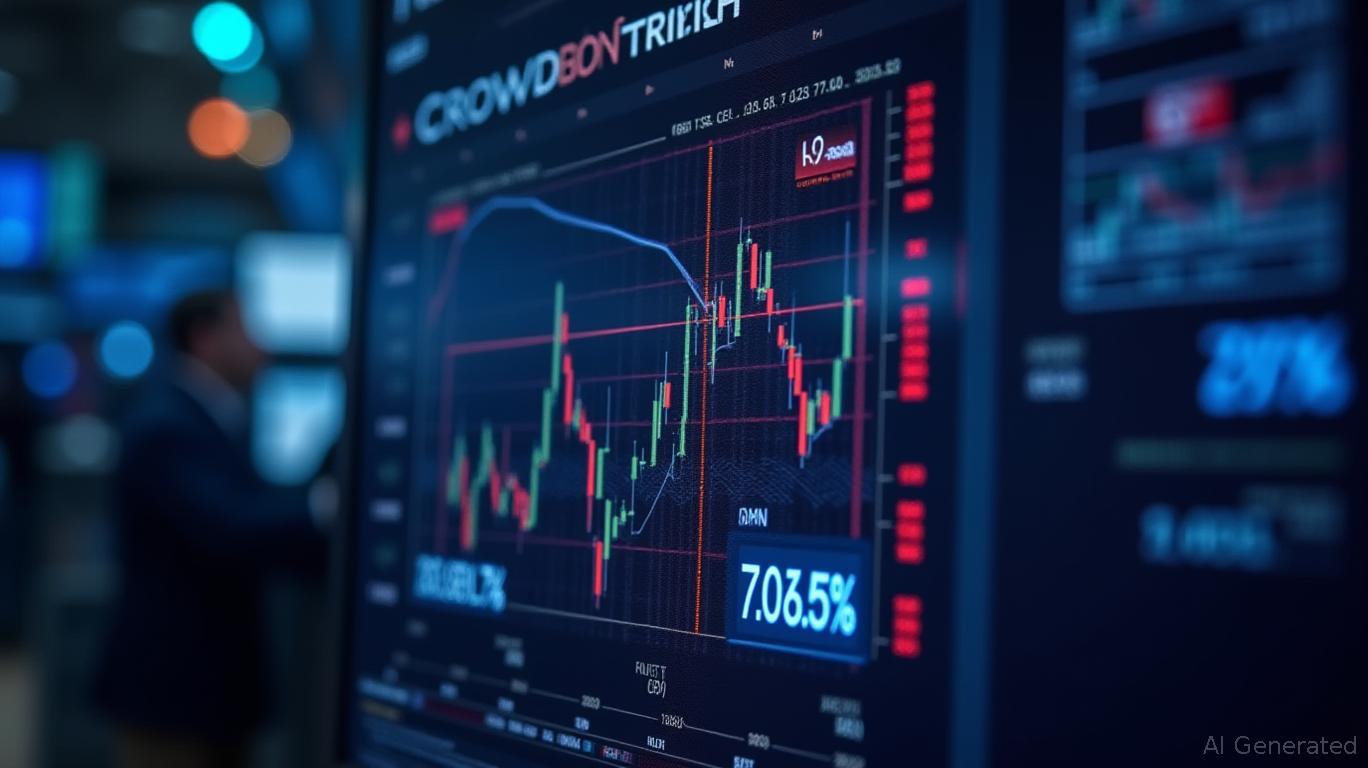Verizon Communications: Navigating Profitability and Leverage in a High-Debt Telecom Landscape
Verizon Communications (NYSE: VZ) has long been a pillar of the telecommunications industry, but its financial health is now under scrutiny as investors weigh its robust profitability metrics against a rising debt burden. With a Return on Equity (ROE) of 17.66% as of May 2025 and a Debt-to-Equity ratio of 1.80, the company’s performance highlights a tension between operational efficiency and financial leverage. Here’s what investors need to know.
Ask Aime: Is Verizon's debt balancing its high ROE?

ROE: A Sign of Operational Strength or Missed Potential?
Verizon’s ROE of 17.66% for the trailing twelve months (TTM) ending March 31, 2025, marks a 27.66% improvement over its 12-month average of 13.83% and aligns with its 3-year average of 18.73%. While this figure outperforms many peers, it trails its 5-year average of 22.30%, signaling a gradual decline in long-term profitability. The ROE improvement reflects strong execution in its core wireless and broadband businesses, including $20.8 billion in wireless service revenue and a 13.7% year-over-year surge in broadband connections to 12.6 million.
Ask Aime: Should Verizon's ROE of 17.66% make investors worry about its long-term profitability?
However, Verizon’s ROE lags behind industry peers like T-Mobile US (19.50%) and Comcast (18.13%), raising questions about its ability to sustain growth in a competitive landscape. The telecom giant’s focus on fixed wireless access (FWA)—which now accounts for 4.8 million subscribers—and prepaid services, such as its Verizon Value Guarantee, aims to boost customer retention and drive incremental revenue. Yet, investors must ask: Can Verizon’s operational momentum offset its lagging ROE compared to rivals?
Debt-to-Equity: A Balancing Act
Verizon’s Debt-to-Equity ratio of 1.80—1.15 times the industry median of 0.65—underscores its reliance on debt financing. With $117.3 billion in total unsecured debt as of Q1 2025, the company’s leverage ratio is a double-edged sword. On one hand, its $3.6 billion in free cash flow (up 33% year-over-year) and disciplined capital spending ($17.5–$18.5 billion in 2025) suggest it can manage its debt load. On the other, rising interest rates and tariff risks on telecom equipment could strain margins.
The company’s strategy to deleverage over time hinges on its ability to grow free cash flow while curbing capital expenditures. Management’s confidence is buoyed by record $12.6 billion in Adjusted EBITDA, but investors must monitor debt servicing costs and any shifts in credit ratings.
Risks and Challenges
- Tariff Uncertainties: Potential tariffs on handsets and telecom equipment could force price hikes, impacting consumer demand and upgrade cycles. Verizon’s plan to offset costs through supplier negotiations may not fully insulate it.
- Churn Pressure: Postpaid phone churn rose to 0.90% in Q1 2025, a result of recent pricing actions. While management expects improvement by late 2025, sustained churn could crimp margins.
- Competitive Pressures: T-Mobile’s aggressive marketing and AT&T’s 5G investments pressure Verizon’s market share. Its 5G network leadership, as validated by RootMetrics, offers a defensive edge but may not be enough against price wars.
Strategic Moves to Watch
- Broadband Expansion: Verizon aims for 8–9 million FWA subscribers by 2028, capitalizing on rural and urban demand for high-speed internet. Its Fios service also remains a stable growth driver.
- Cost Discipline: Free cash flow growth (up 33% in Q1) and a focus on capital efficiency position Verizon to weather debt pressures while reinvesting in growth.
- Customer Retention: The Verizon Value Guarantee—offering price locks and free phones—aims to curb churn, though early results are mixed.
Conclusion: Verizon’s Tightrope Walk
Verizon’s 17.66% ROE and $12.6 billion Adjusted EBITDA demonstrate its operational resilience, but its Debt-to-Equity ratio of 1.80 demands vigilance. While the company’s wireless and broadband dominance, along with disciplined cash flow management, justify its current valuation, investors must weigh its leverage against macro risks like tariffs and rising interest rates.
The key takeaway? Verizon remains a defensive telecom play with a strong balance sheet foundation, but its ability to deleverage while maintaining growth will determine long-term success. With free cash flow up 33% and broadband connections surging, the path forward is clear—if execution stays on track.
In an industry where customer retention and network investment are king, Verizon’s strengths are undeniable. Yet, its debt-heavy model leaves little room for error. For now, the verdict is cautiously optimistic—but investors should keep a close watch on those balance sheet metrics.










